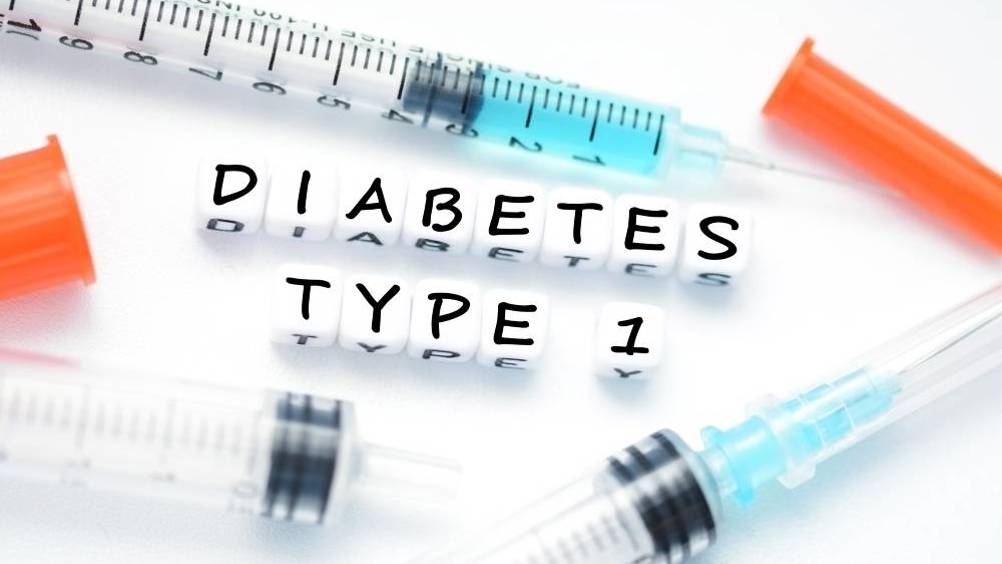References
An ideal pathway when diagnosing type 1 diabetes

Diagnosing diabetes can be a complex process, and the diagnosis will have an impact on the individual for the rest of their life. Moreover, it is important to recognise symptoms quickly to avoid escalation to diabetic ketoacidosis, which requires immediate admission to hospital and is often a very traumatic experience.
Type 1 diabetes mellitus (T1DM) is an autoimmune disease that occurs when a person's pancreas stops producing insulin, the hormone that controls blood-sugar levels. T1DM develops when the insulin-producing pancreatic beta cells are mistakenly destroyed by the body's immune system.
T1DM often presents itself very suddenly and unexpectedly and can be mistaken for a cold or flu. Signs and symptoms can include frequent urination, extreme thirst, dry mouth, fatigue, weakness, unexplained weight loss, slow healing of cuts and blurred vision.
The World Health Organization (WHO) (2006) published its criteria for the diagnosis of diabetes mellitus, and in 2011 recommended the acceptability of glycated haemoglobin (HbA1c) as an additional test to diagnose diabetes (WHO, 2011). However, the use of HbA1c to diagnose diabetes is not suitable in every situation as increase in HbA1c may not be detected until a few weeks after the onset of diabetes and so diagnosis of T1DM with acute onset of symptoms could be missed.
Register now to continue reading
Thank you for visiting British Journal of Nursing and reading some of our peer-reviewed resources for nurses. To read more, please register today. You’ll enjoy the following great benefits:
What's included
-
Limited access to clinical or professional articles
-
Unlimited access to the latest news, blogs and video content

